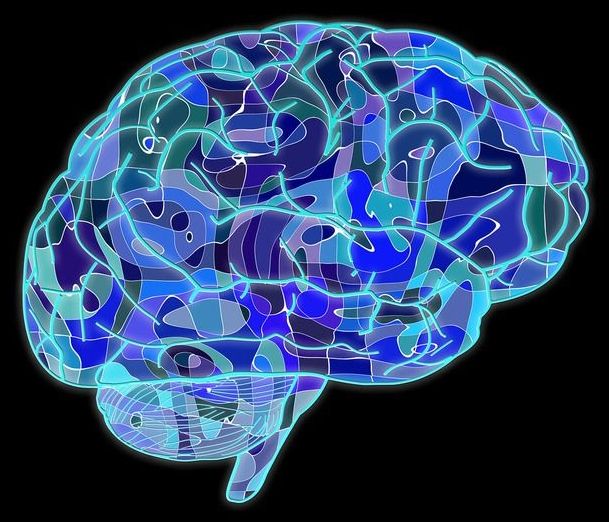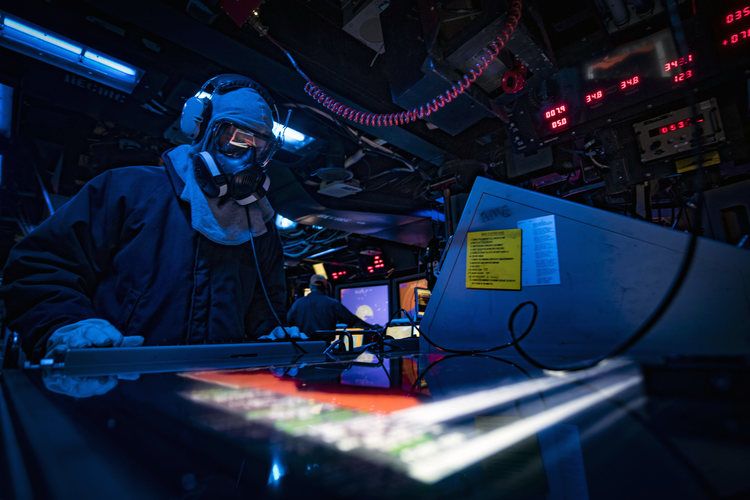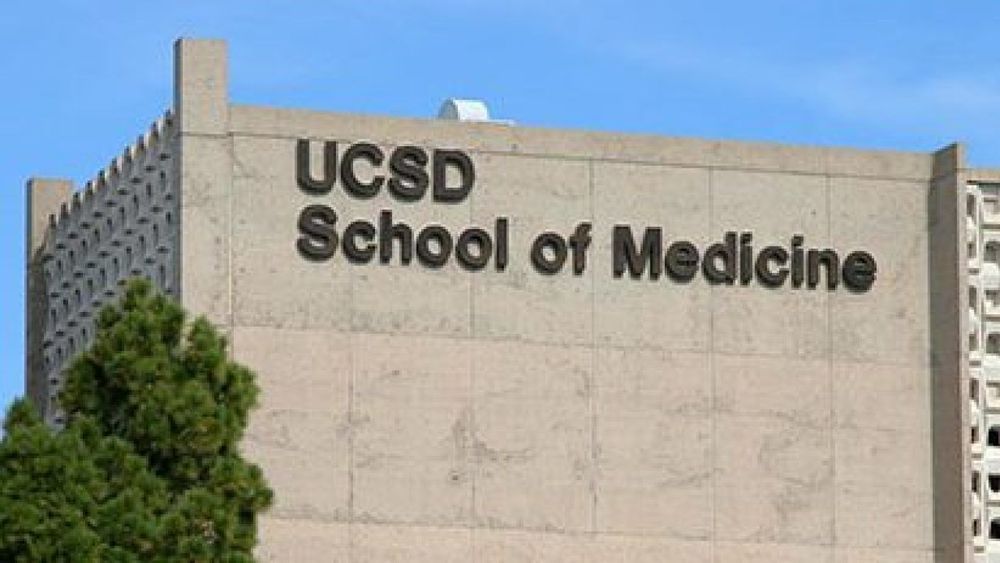Researchers all over the world are honing in on drugs that promote the regeneration of myelin — a substance in the brain critical for its normal function.



Of the spread of COVID-19 aboard the aircraft carrier USS Theodore Roosevelt and the subsequent relief of its Commanding Officer has highlighted the tension that exists between maintaining military readiness and the need to safeguard the health of members of the armed forces in the face of a pandemic.
The disease has been a feature of war for the vast majority of human history – from the plague that ravaged Athens early in the Peloponnesian War, killing the Athenian strategos Pericles; to the diseases that European settlers brought with them to the New World, devastating local populations; to the host of tropical diseases that caused appalling casualties in the China-Burma-India and Southwest Pacific theaters in World War II. The fact that we were surprised by the emergence, growth, and spread of COVID-19 reflects the false conceit of 21st century life that we have “conquered” disease.
In fact, pandemics are but one class of low-probability but high-impact contingencies that we could face in the coming years, including an earthquake or other natural disaster in a major urban area, regime change in an important state, and the collapse of financial markets leading to a global depression. When I served as Deputy Assistant Secretary of Defense for Policy Planning between 2006 and 2009, we explored a series of such “shocks” as well as the role the Defense Department could play in responding to them as a way of helping the Department’s leaders address such contingencies. During my time in the Pentagon, we also held a series of wargames with members of Congress and their staff, governors of several states and their cabinets, and the government of Mexico, to explore in depth the consequences of a pandemic. Much of what we found then resonates with what we are experiencing now.

SAN DIEGO (CNS) – Injured adult brain cells revert to an embryonic state and become capable of re-growing new connections, which under the right conditions can help restore lost brain function, according to findings published Wednesday by researchers at UC San Diego School of Medicine.
The findings, published in the academic journal ‘Nature,’ were part of a collaborative study between UC San Diego, UCLA and the University of Tennessee.
Repairing damage to the brain and spinal cord, until relatively recently, seemed an impossible task. The new study lays out a “transcriptional roadmap of regeneration in the adult brain.”

UC San Francisco researchers have discovered how a mutation in a gene regulator called the TERT promoter—the third most common mutation among all human cancers and the most common mutation in the deadly brain cancer glioblastoma—confers “immortality” on tumor cells, enabling the unchecked cell division that powers their aggressive growth.
The research, published September 10, 2018 in Cancer Cell, found that patient-derived glioblastoma cells with TERT promoter mutations depend on a particular form of a protein called GABP for their survival. GABP is critical to the workings of most cells, but the researchers discovered that the specific component of this protein that activates mutated TERT promoters, a subunit called GABP-ß1L, appears to be dispensable in normal cells: Eliminating this subunit using CRISPR-based gene editing dramatically slowed the growth of the human cancer cells in lab dishes and when they were transplanted into mice, but removing GABP-ß1L from healthy cells had no discernable effect.
“These findings suggest that the ß1L subunit is a promising new drug target for aggressive glioblastoma and potentially the many other cancers with TERT promoter mutations,” said study senior author Joseph Costello, Ph.D., a leading UCSF neuro-oncology researcher.

It is an engineer’s dream to build a robot as competent as an insect at locomotion, directed action, navigation, and survival in complex conditions. But as well as studying insects to improve robotics, in parallel, robot implementations have played a useful role in evaluating mechanistic explanations of insect behavior, testing hypotheses by embedding them in real-world machines. The wealth and depth of data coming from insect neuroscience hold the tantalizing possibility of building complete insect brain models. Robotics has a role to play in maintaining a focus on functional understanding—what do the neural circuits need to compute to support successful behavior?
Insect brains have been described as “minute structures controlling complex behaviors” (1): Compare the number of neurons in the fruit fly brain (∼135,000) to that in the mouse (70 million) or human (86 billion). Insect brain structures and circuits evolved independently to solve many of the same problems faced by vertebrate brains (or a robot’s control program). Despite the vast range of insect body types, behaviors, habitats, and lifestyles, there are many surprising consistencies across species in brain organization, suggesting that these might be effective, efficient, and general-purpose solutions.
Unraveling these circuits combines many disciplines, including painstaking neuroanatomical and neurophysiological analysis of the components and their connectivity. An important recent advance is the development of neurogenetic methods that provide precise control over the activity of individual neurons in freely behaving animals. However, the ultimate test of mechanistic understanding is the ability to build a machine that replicates the function. Computer models let researchers copy the brain’s processes, and robots allow these models to be tested in real bodies interacting with real environments (2). The following examples illustrate how this approach is being used to explore increasingly sophisticated control problems, including predictive tracking, body coordination, navigation, and learning.

Founded in 1986, the Multidisciplinary Association for Psychedelic Studies (MAPS) is a 501©(3) non-profit research and educational organization that develops medical, legal, and cultural contexts for people to benefit from the careful uses of psychedelics and marijuana. MAPS furthers its mission by: Developing psychedelics and marijuana into prescription medicines; Training therapists and working to establish a network of treatment centers; Supporting scientific research into spirituality, creativity, and neuroscience; and educating the public honestly about the risks and benefits of psychedelics and marijuana.

The use of psilocybin is also being called for.

Last Friday, April 16, 1943, I was forced to interrupt my work in the laboratory in the middle of the afternoon and proceed home, being affected by a remarkable restlessness, combined with a slight dizziness. At home I lay down and sank into a not unpleasant, intoxicated-like condition characterized by an extremely stimulated imagination. In a dreamlike state, with eyes closed (I found the daylight to be unpleasantly glaring), I perceived an uninterrupted stream of fantastic pictures, extraordinary shapes with intense, kaleidoscopic play of colors. After some two hours this condition faded away.

